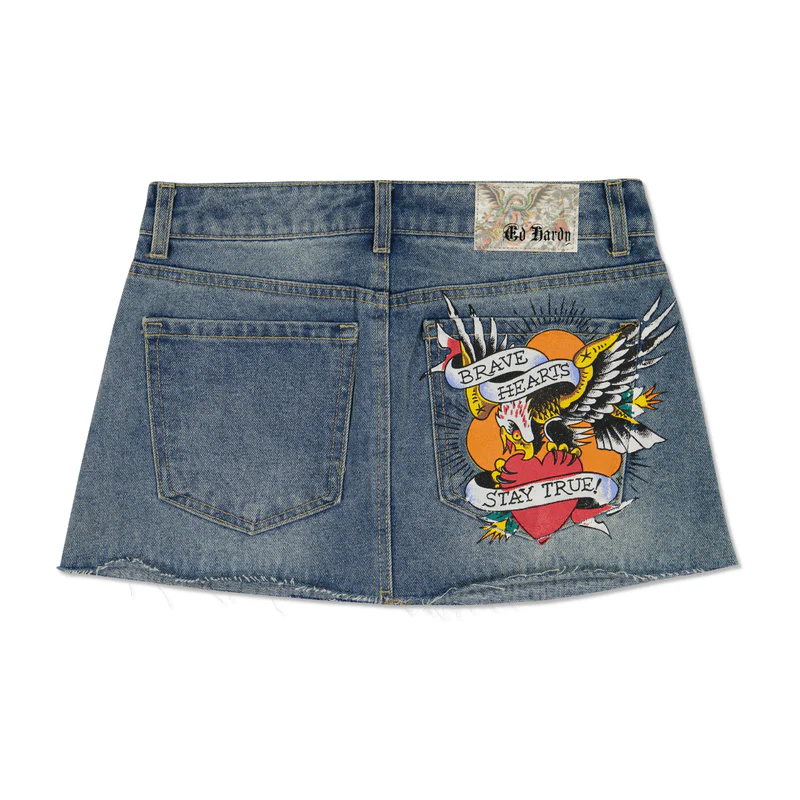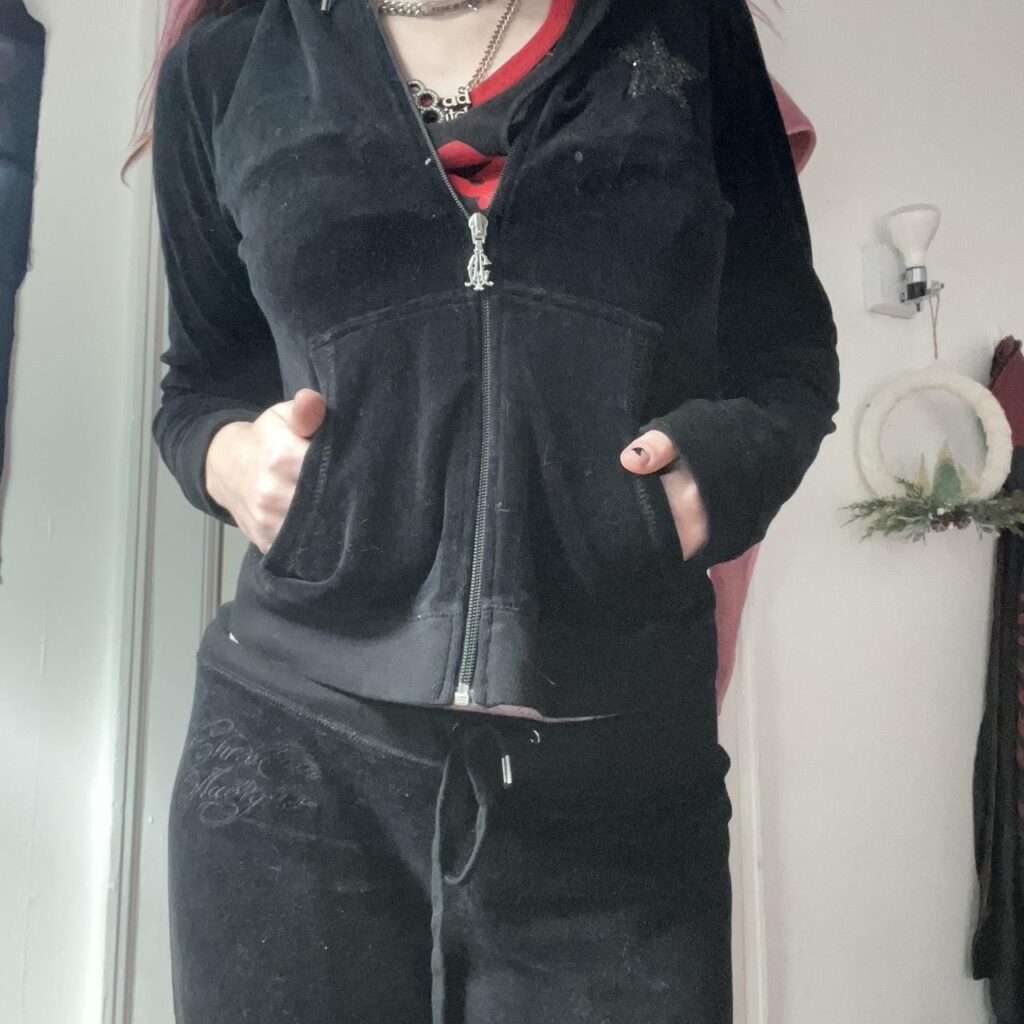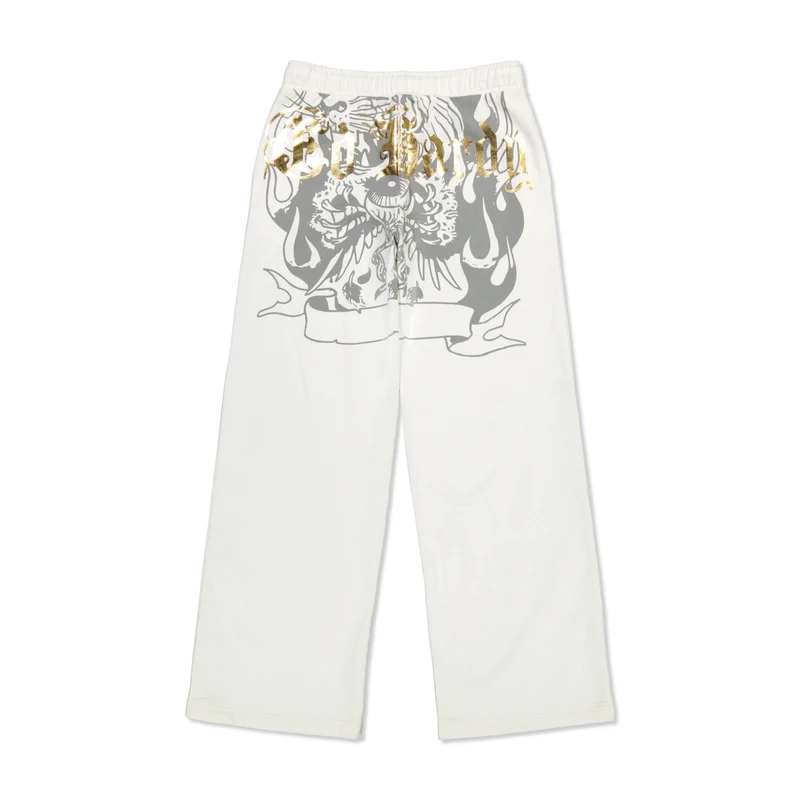Ed Hardy is more than just a name; it represents a cultural phenomenon that forever changed the way society views tattoos. With the rise of the Ed Hardy brand, tattoos transitioned from being associated with rebellion and subculture to becoming a mainstream fashion statement. This article delves into the Ed Hardy fashion movement, examining how it brought tattoos into the spotlight and redefined their place in the fashion world.
The Man Behind the Brand
Don Ed Hardy, a renowned tattoo artist, laid the foundation for this movement with his unique artistry. Trained under the legendary Sailor Jerry, ed hardy jeans developed a distinct style that combined traditional American tattoo motifs with Japanese influences. His work is characterized by vibrant colors, intricate details, and a storytelling element that captivates viewers. In the early 2000s, Ed Hardy sought to extend his tattoo artistry beyond the skin and into the realm of fashion, leading to the launch of a clothing line that showcased his iconic designs.
The Rise of Ed Hardy Apparel
The collaboration between Ed Hardy and fashion designer Christian Audigier in the mid-2000s marked the birth of the Ed Hardy apparel line. The initial collection featured T-shirts, hoodies, and accessories adorned with Hardy’s striking tattoo designs. The bold graphics quickly caught the attention of fashion enthusiasts and celebrities alike. This was a pivotal moment in fashion history, as it signaled the merging of tattoo art with mainstream clothing, making it accessible to a wider audience.
Celebrity Influence
One of the driving forces behind the Ed Hardy fashion movement was its popularity among celebrities. A-listers such as Madonna, Britney Spears, and members of the “Jersey Shore” cast were often seen sporting Ed Hardy designs. This celebrity endorsement played a crucial role in elevating the brand’s status and normalizing tattoos in popular culture. As more celebrities embraced Ed Hardy, tattoos became associated with glamour and fashion, further solidifying their place in the industry.
Redefining Tattoos
Prior to the Ed Hardy movement, tattoos were often stigmatized and linked to counterculture. However, Ed Hardy helped change this narrative. By showcasing tattoos as art, he elevated their status and encouraged a broader acceptance within society. This cultural shift allowed individuals to wear their tattoos with pride, using them as a form of self-expression rather than a symbol of rebellion. The movement empowered a new generation to embrace body art, leading to an increase in tattoo enthusiasts.
The Influence on Streetwear
The Ed Hardy brand has had a lasting impact on streetwear, influencing countless designers and brands. The fusion of tattoo art and fashion paved the way for new trends that celebrate individuality and self-expression. The vibrant graphics and bold designs associated with Ed Hardy became a hallmark of streetwear, inspiring other labels to incorporate similar themes into their collections. This movement encouraged a more open dialogue about tattoos in fashion, allowing for greater creativity and experimentation.
Challenges and Evolution
Despite its initial success, the ed hardy sweatsuit brand faced challenges as the market became saturated with knockoffs and imitations. The once-coveted designs began to lose their appeal, leading to a decline in popularity. However, the Ed Hardy brand has adapted over the years, experimenting with new designs and collaborations to remain relevant in the ever-evolving fashion landscape. This evolution showcases the brand’s resilience and commitment to its artistic roots.
A Lasting Legacy
The Ed Hardy fashion movement has left an indelible mark on both the fashion industry and societal perceptions of tattoos. By bringing tattoos into the spotlight, Ed Hardy has transformed them into a celebrated form of art and self-expression. The movement not only changed how tattoos are viewed but also inspired a new generation of designers to explore the intersection of body art and fashion. As Ed Hardy continues to evolve, its legacy remains a testament to the power of creativity and the enduring allure of tattoos in modern culture.




